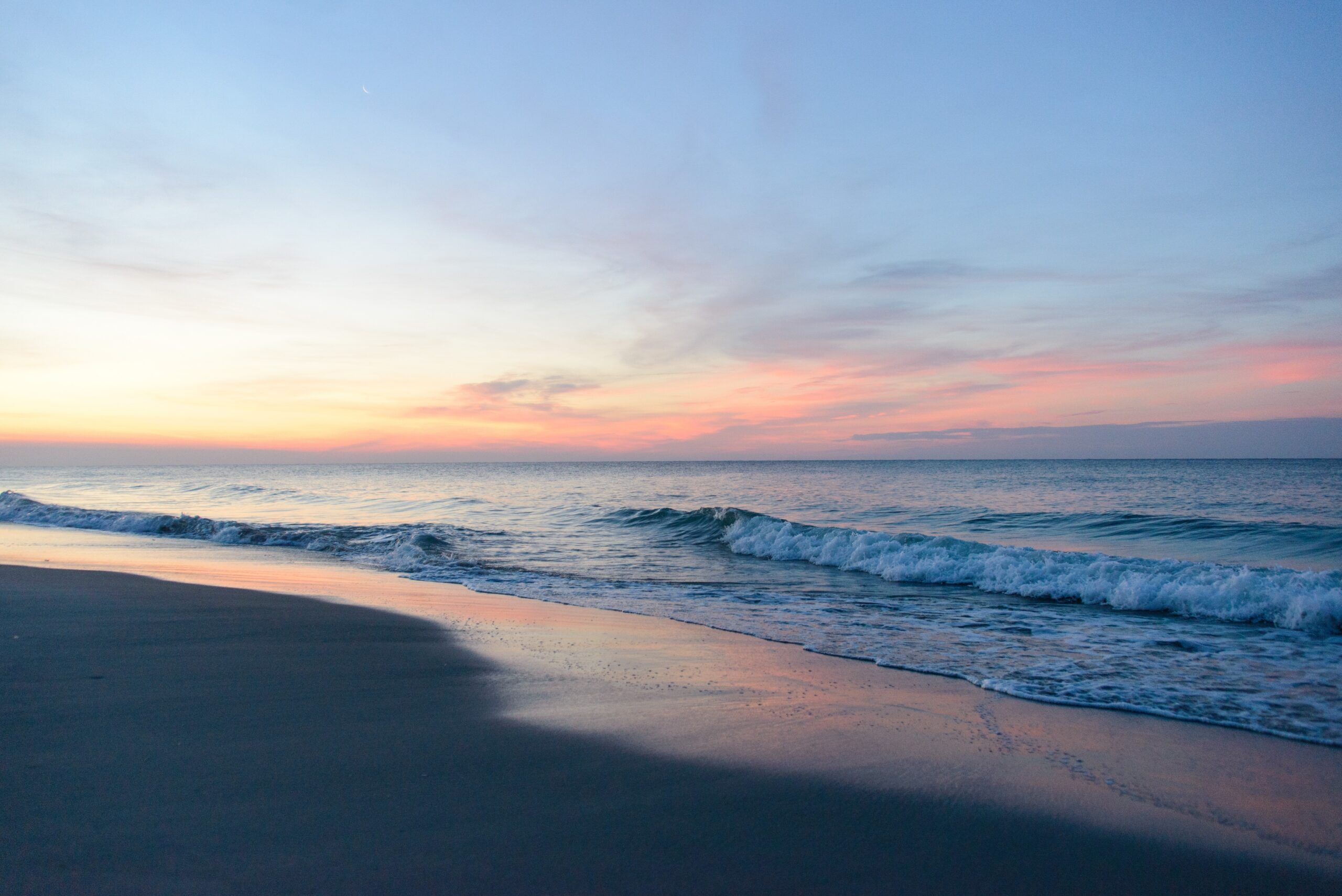The Myths of Myrtle Beach paint a decadent and unique portrait of this famed stretch of South Carolina shoreline, and the East Coast’s most popular vacation destination.
The Building of Utopia
Ocean Forest Hotel set the standard for later oceanfront development and did it at a time when quaint little beach cottages dominated the oceanfront real estate. Like a lone beacon to lost ships, a white, shimmering ten-story tower erupted out of the sand, flanked on both sides by two five-story towers. It was a structure of Biblical proportions that was doomed to destruction well before its creation.
John T. Woodside and his three brothers made their fortune in textiles in Greenville and planned to build the hotel to end all hotels, phase one of a development that would surpass anything ever seen before. During the late 1920s, they bought about 65,000 acres for $950,000, including 12 miles of beachfront property, and set about drawing up grandiose plans.
Arcady was the name they chose for the surrounding community, named for a region of Greece in the Peloponnesus associated with Utopia. The Ocean Forest Hotel at its center had a grand total of 220 guest rooms and more than 300 rooms overall, making it one of the largest buildings in the country.
They put everything into that hotel they could imagine: shops, exercise rooms, an art gallery, indoor and outdoor pools, ballrooms, fine dining rooms, tennis courts, an outdoor amphitheater, gardens, stables, elevators, salt and fresh running water, Italian marble Grecian style columns, marble stairways, Czechoslovakian crystal chandeliers and Oriental rugs.
This was the era of F. Scott Fitzgerald, the Great Gatsby novelist who epitomized wealth and opulence, lavish parties and glittering evening wear. In fact, a rumor is still floating around that Fitzgerald himself actually stayed at the hotel during the 1930s.
Some of this grandiose plan actually came into being, while much of it did not. Arcady’s community facilities were to include attractions fanning out in every direction: golf courses for men and women, a 62-room clubhouse, a 100-room beach house, stables, bridle paths, polo grounds, a yacht basin, playgrounds and camps for children. The Woodside brothers would sell residential lots at a premium price and they planned to charge $1,250 for annual memberships in the Arcady community. Adjusted for inflation, that figure would be something like $15,000 today.
There was trouble in paradise before the hotel opened its doors in 1930, and that trouble came from the stock market crash of October 1929. The Woodsides were ruined by the crash and so were most of their expected guests. The Great Depression set in and by 1931 the only portions of the project that had been completed were the hotel, the golf course, and the clubhouse. These were sold separately to investors.
The new hotel owners closed the doors in 1932 and reopened them in 1934. Over the next few years, top entertainers played the outdoor patio, among them Guy Lombardo, Tommy Dorsey and Count Basie. The first area radio station broadcasted from one of the towers and a beacon from the top of the ten-foot tower was projected to be seen for miles around.
Frederick Albert Warner Miles bought the 27-hole golf course and almost immediately sold 18 of those holes to John McLeod, a real estate developer. Miles hired Robert White of Scotland to add another nine to the nine holes he’d retained, and the result was Pine Lakes International Country Club. The club boasts that the idea for Sports Illustrated Magazine was conceived on that course in 1954.
Like a Rock
As surprising as it must have been to find a cliff-like structure on the sandy shores of Myrtle Beach, its disappearance has been even more stunning. At one time a black rock wall that might once have been as much as six feet tall was originally known as Hearl Rocks, named for an early English settler. John and William Bertram were 18th century explorers who described the two-million-year-old outcropping as a cliff and wrote in their journals that the rocks were so soft they could cut them with a sharp knife.
A park called Hurl Rocks still exists at 21st Avenue South at Ocean Boulevard, but the rocks do not. Over the years they’d dwindled down to something significantly less than a cliff, and then the beach renourishment projects of the 1990s covered up the last of them. Of course the next major hurricane could bring them back again, but it still seems a bad idea to regard them as the image of solid dependability.



